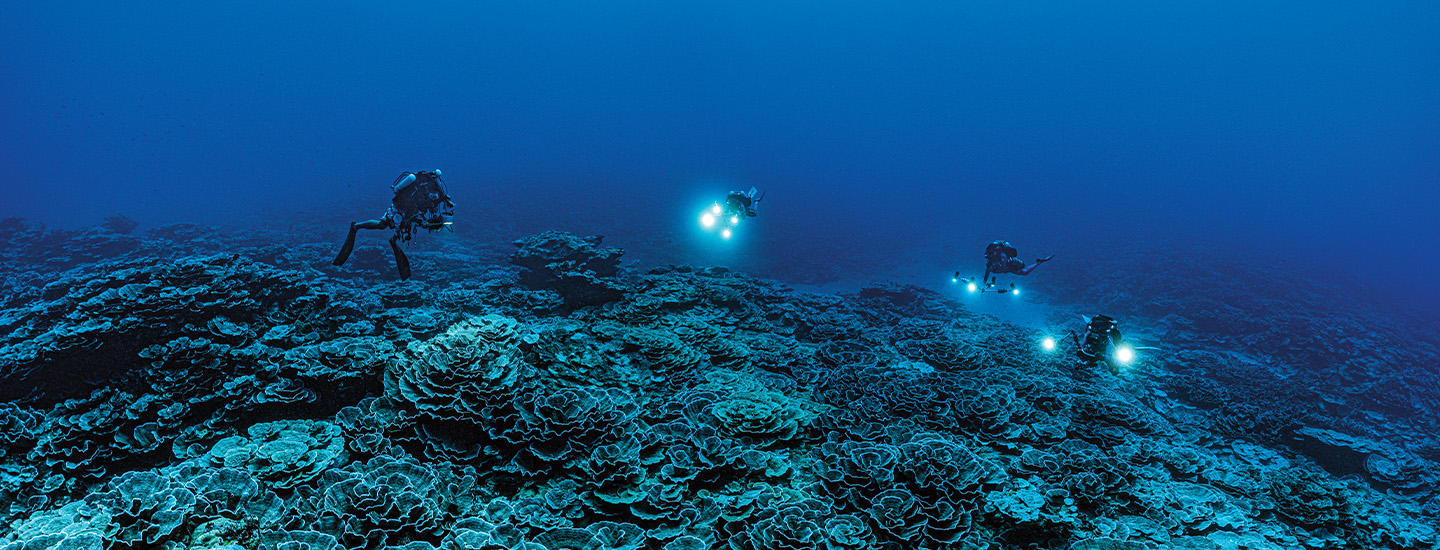Last fall, scientists diving in the waters near Tahiti, an island in the Pacific Ocean, discovered something remarkable—a coral reef “stretching as far as the eye can see,” as one diver said.
Moreover, it seemed to be in perfect condition—making the nearly 2-mile-long wonder one of the largest known healthy coral reefs on Earth. (Climate change, pollution, and other threats have caused damage to most coral reefs worldwide.) The discovery has thrilled experts who study coral reefs—and hope to save them.

